Ascent Solar (NASDAQ: ASTI) announced yesterday on X that the LISA-T satellite deployed its CIGS solar array. Ascent Solar manufactured the solar cells used on this array. By our count, this marks the third utilization of ASTI’s CIGS thin-film solar cells in space. ASTI and its investors are literally banking on ASTI finding commercial success in space for its thin-film CIGS solar product line. ASTI stock traded down the day of this announcement, losing 19.76% of value.
1/3 ICYMI, last week @NASA began deploying new solar array tech demos on its #Pathfinder #Spacecraft
— Ascent Solar (@AscentSolar) November 5, 2024
Per their article:
"Small spacecraft on deep space missions require more electrical power than what is currently offered by existing technology…
NASA in a recently released a Youtube video showcased the use of ASTI’s CIGS solar cells on the LISA-T satellite. Testing is apparently underway to validate the energy generated by the solar array. NASA suggests in the video that ASTI’s solar is being evaluated for use on “small spacecraft.”
So how many more satellites the size of LISA-T must Ascent Solar supply solar to in order for ASTI to turn around financially? LISA-T pictures in the NASA video reveal the total ASTI solar array is comprised of four individual solar arrays, each containing 39 square solar cells and 6 apparent half-square cells. Each square cell appears to be approximately 10 cm by 10 cm, likely compatible with standard CubeSat dimensions. This equals 1.68 square meters of CIGS cells across the entire LISA-T array.
ASTI earlier this year published specs in an investor presentation allowing calculation that its commercial CIGS panels operate at 12.6% efficiency. Multiplying by 1.68 square meters yields 289 Watts of Ascent Solar CIGS solar cells installed on LISA-T. ASTI also published a sales price of $30-$45 per Watt in the same investor presentation. Using the high end of this range, the solar installed on LISA-T equates to $45/Watt x $289 Watts = $13,012 in revenue.
Ascent Solar posted loss of $17.04m on just $458k revenue in 2023. $13,012 revenue per 289 Watt satellite necessitates ASTI supply 1275 satellites yearly to close the gap between its revenue and loss. To-date ASTI has supplied solar on three satellite (if you favorably count the ISS as a satellite). The growth required to supply 1275 satellites per year is immense. Not to mention the current small satellite market size suggests it may not even be possible. Brycetech reported the number of “small satellites” (ignoring Starlink and Oneweb constellations) launched in 2023 totaled 744. Even if Ascent Solar supplied 289 Watts of CIGS space solar for every satellite at $45/W, ASTI would still loose money.
